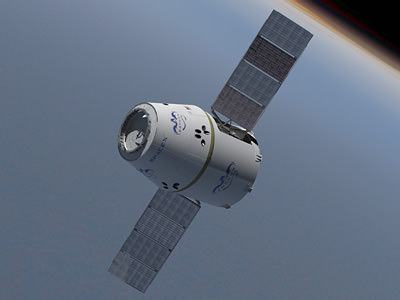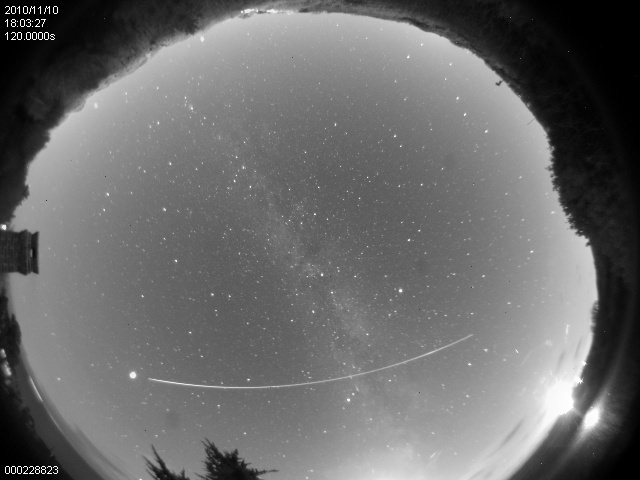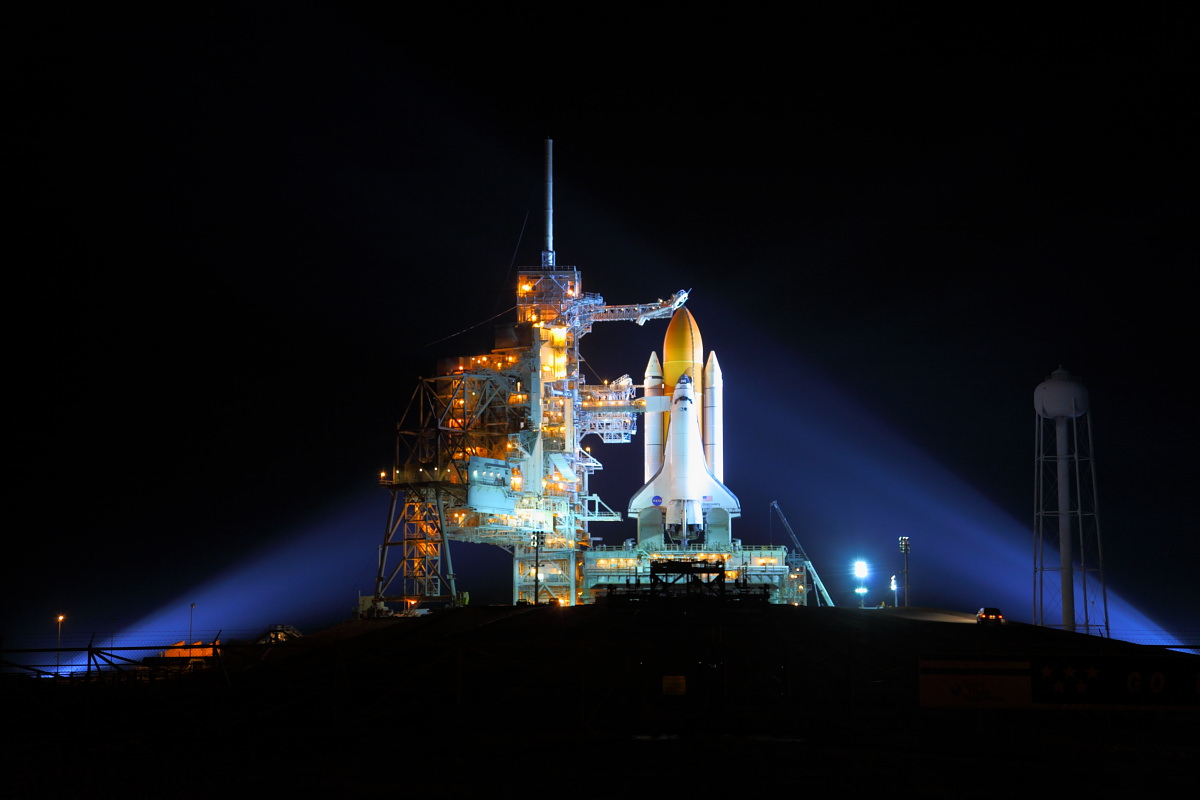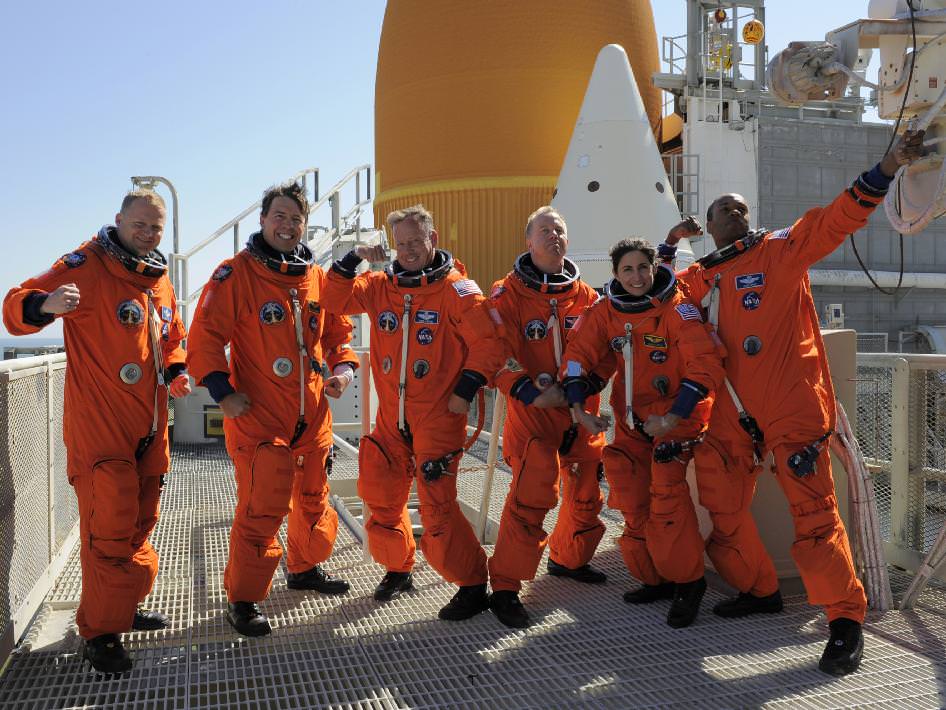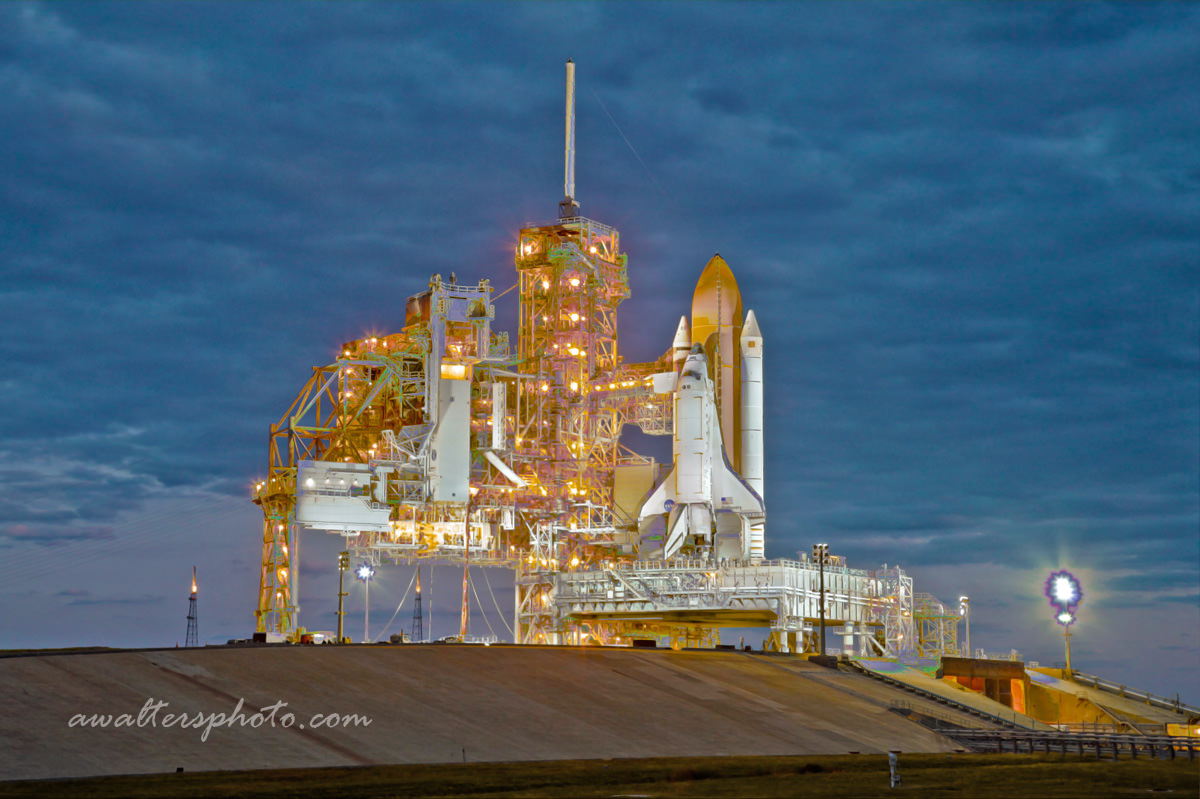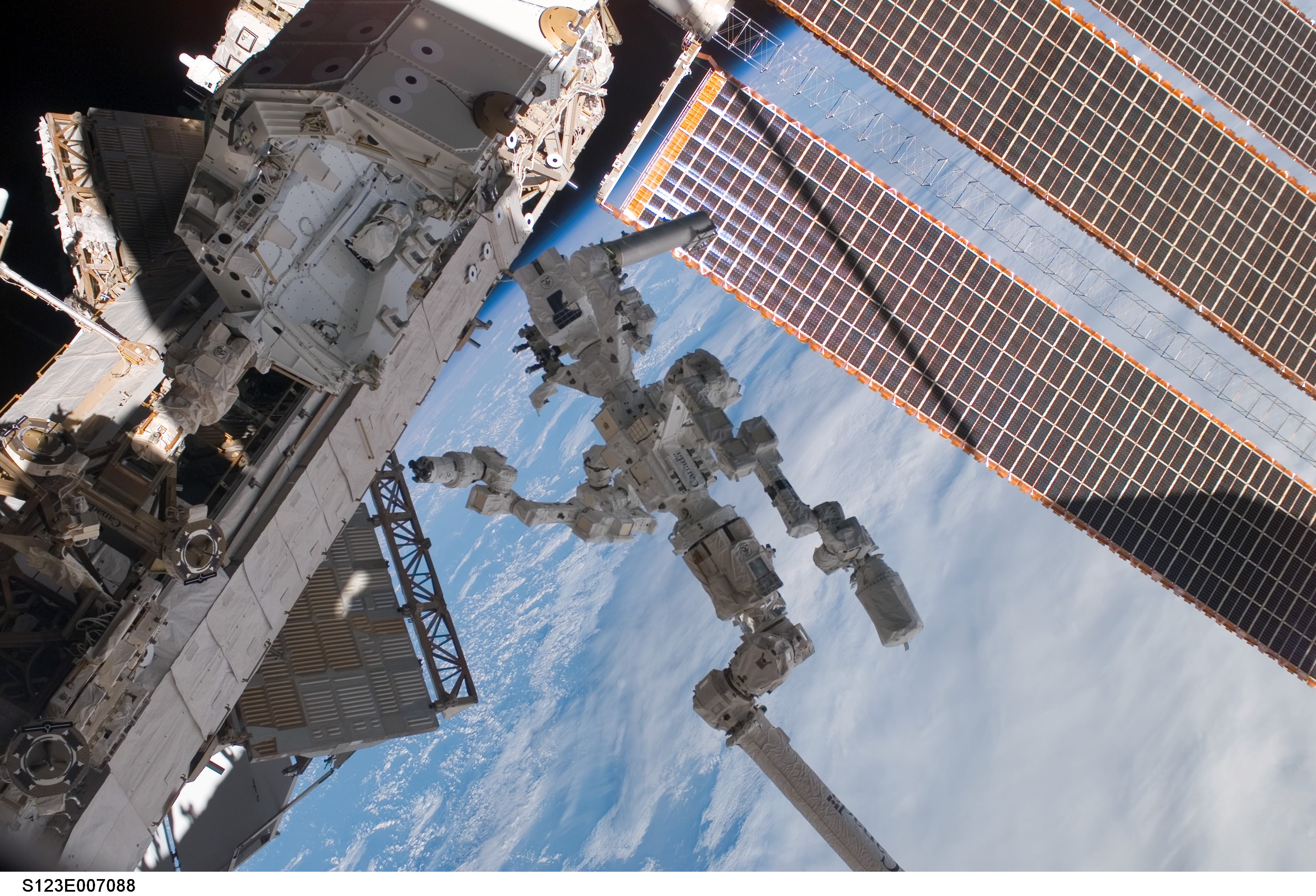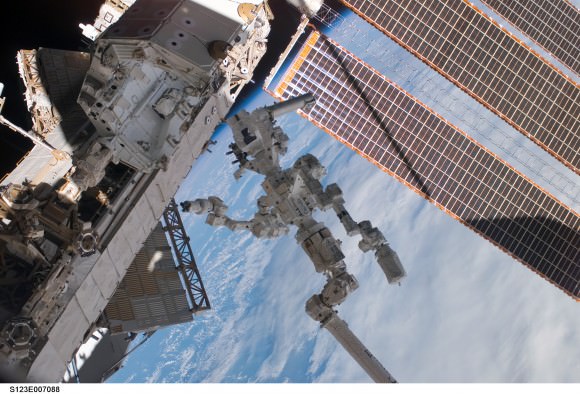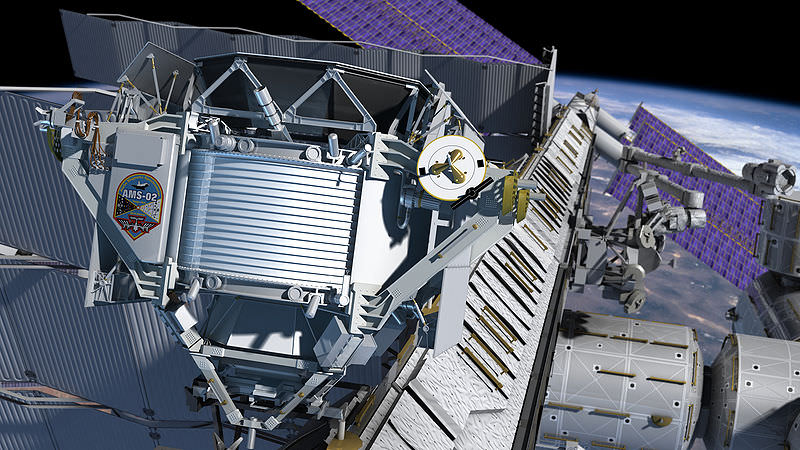[/caption]
Space Exploration Technologies (SpaceX) is preparing to conduct the first demonstration launch for NASA’s Commercial Orbital Transportation Services (COTS) program, utilizing its Falcon 9 rocket. This first test flight appears to be holding solid for its targeted liftoff on Tuesday, Dec. 7. Launch will take place from the company’s launch site at Launch Complex 40 located at Cape Canaveral Air Force Station in Florida.
The launch window for this first demo flight extends from 9:03 a.m. to 12:22 p.m. EST. If it is required, launch opportunities are also open on Dec. 8 and Dec. 9 during the same general time frame. NASA TV will have coverage — you can watch it online at this link, or if you have it through your satellite or cable provider.
COTS 1, as this first flight has been dubbed, will be the first launch of the Dragon spacecraft, this will also mark the first commercial attempt to have their spacecraft reenter Earth’s atmosphere. The planned Dec. 7 flight is the first of three test launches currently envisioned in the Falcon 9 test flight series. This first flight is planned to check out important characteristics of both the Dragon spacecraft as well as the Falcon 9 launch vehicle. Some of these include orbital operations, launch elements of the combined Dragon/Falcon 9 vehicle, descent, re-entry and splashdown (which will occur in the Pacific Ocean).
NASA established the COTS program to obtain commercial launch services to jump start the commercial space industry. Under the Obama administration’s plans for the space agency, NASA will utilize these private space firms to send cargo to the International Space Station (ISS). More to the point, it is hoped that these commercial space companies can reduce the hefty price tag associated with sending something into orbit.
There will be a press conference held before the launch, it is currently planned to be held on Monday, Dec. 6, at 1:30 p.m. The conference will be held at NASA’s Kennedy Space Center press site, and will also be on NASA TV. Speakers during the press conference will include, Phil McAlister, acting director, Commercial Space Flight Development, Alan Lindenmoyer, manager, Commercial Crew and Cargo Program, Gwynne Shotwell, president of SpaceX and Mike McAleenan, Falcon 9 Launch Weather Officer 45th Weather Squadron.
If everything goes off without a hitch, a press conference will be held about an hour after splashdown takes place. If this mission is a success it will go along way to reinforcing the success of the first launch of the Falcon 9, held this past June. More importantly it will prove the viability of the Dragon spacecraft.

